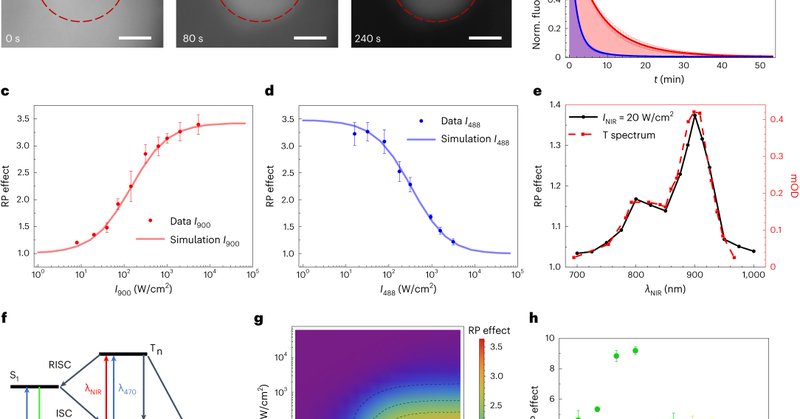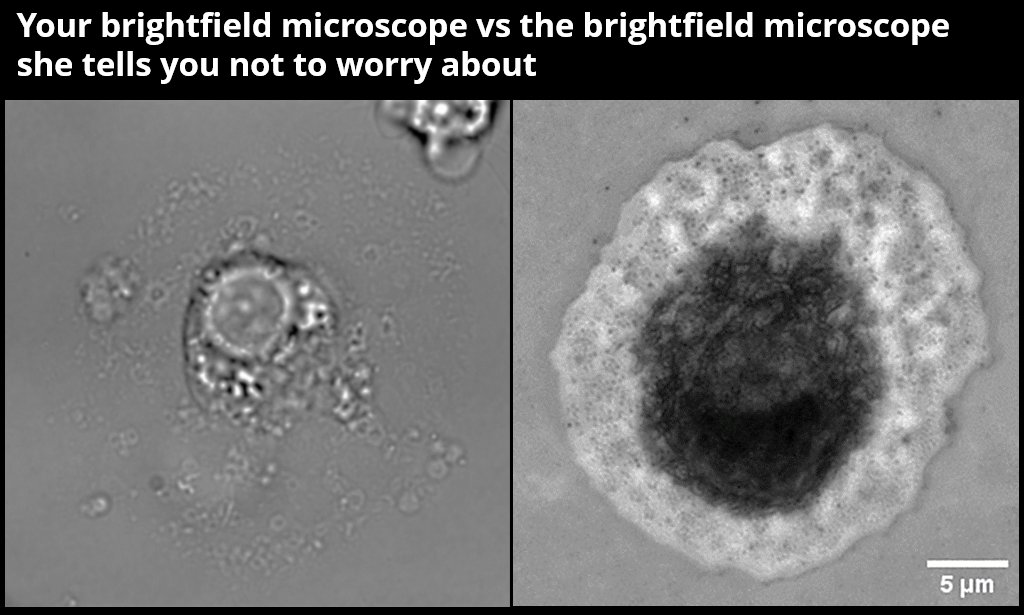
Florian Ströhl
@florianstroehl
Followers
663
Following
381
Media
49
Statuses
146
*This Twitter account is not monitored any longer. Please join me on LinkedIn for continued research updates.* --- Florian, PI in Advanced Imaging
The Arctic University (Norway)
Joined October 2016
RT @JamesDManton: This is _clearly_ one of the best ideas in imaging of the decade. I strongly encourage people to play around with this i….
0
14
0
RT @JamesDManton: We present:. 'Multispectral live-cell imaging with uncompromised spatiotemporal resolution'. 1/….
biorxiv.org
Multispectral imaging is an established method to extend the number of colours usable in fluorescence imaging beyond the typical limit of three or four, but standard approaches are poorly suited to...
0
69
0
Recording many image planes simultaneously is a great time saver for 3D imaging. A wonderful tool for such multifocus microscopy is @FourierPower's Multifocus Grating: Here is a short video on how they work and how to make them (without a cleanroom).
0
0
6
You can read the full paper (open access) at Finally, thanks a lot to Jon-Richard Sommernes and @amsikking - it was a pleasure working with you on this project! 4/n
0
0
6
RT @aandr314: How to draw optical layout / schematics?.First, start with vector graphics tool. Inkscape is free and good. Secondly, there a….
0
29
0
What a start to 2024. Nobel Prize winner @Eric_Betzig and his team not only built a SOLIS system. No, they built 4! .
2
8
37
RT @haesleinhuepf: 🤫 #chatGPT integration will be coming to @FijiSc's Script Editor #SneakPreview 🥳.Thanks for the support @ctrueden ! 🙌.h….
0
117
0
RT @JamesDManton: The slight disappointment with being scooped is more than compensated by the very nice results and demonstrations of redu….
nature.com
Nature Biotechnology - A dual illumination method reduces photobleaching for green and yellow fluorescent proteins.
0
21
0
James nails it: the best reason to enjoy the good view from your lab is "alignment purposes".
I'm occasionally asked for tips on ensuring that a camera is properly axially located in the focal plane. People often regret asking that question when they see my quick-and-dirty (but accurate!) method that involves focussing on a distant object with the objective removed. [1/5]
0
1
8










